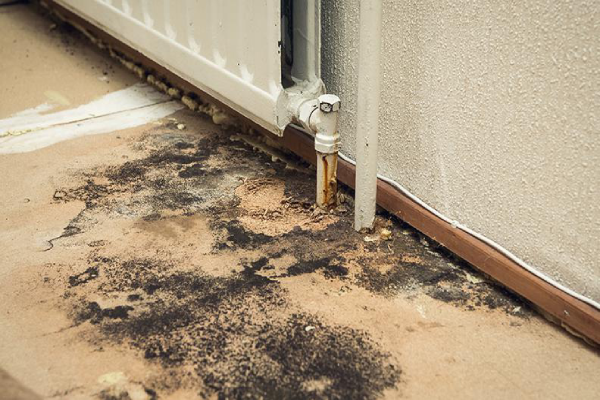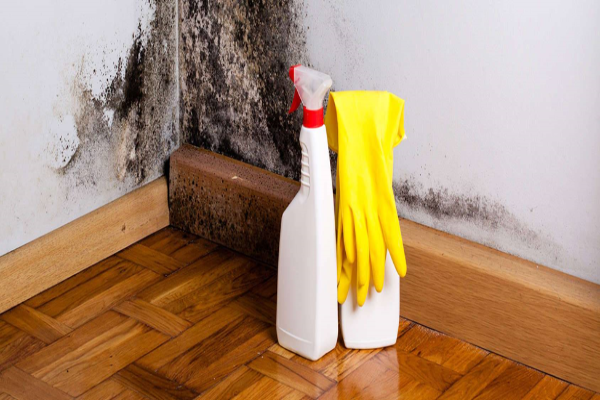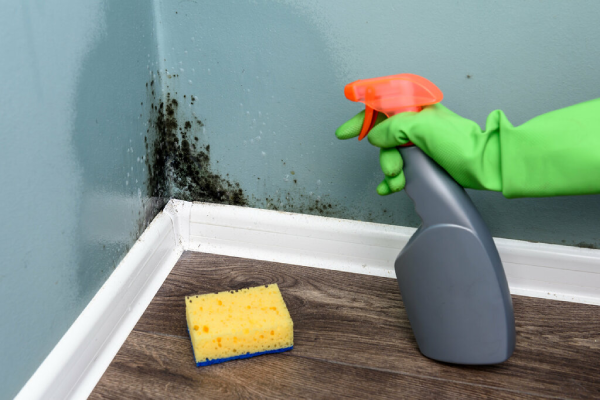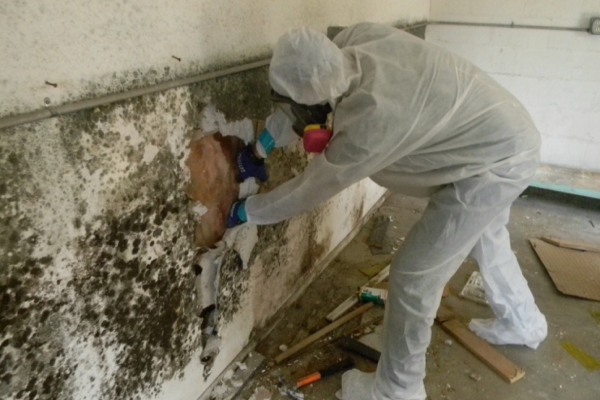If you experienced a flood, knowing how to prevent mold after basement flood or any kind of water damage is challenging. It can lead to serious problems, including mold growth. When moisture stays in a dark and damp area like basements, it creates the perfect environment for mold to increase. But don’t worry, with the right steps, you can prevent mold from taking hold after a basement flood. In this article, we will investigate how to handle the situation quickly and efficiently and show you how to clean up and protect your basement from future mold issues.
Step 1: Take Immediate Action
To prevent mold after basement flood, if you start taking some actions sooner, you can do it better. Mold begins to grow in as little as 24 to 48 hours, so time is very important to do something. First pay attention to safety:
- Wear protective gear: Mold can be harmful to your health, so it’s important to wear gloves, an N-95 mask, and goggles to protect yourself from spores.
- Check for structural damage: If there is a severe flood in your basement, check for signs of damage, such as cracks in the foundation or structural instability before entering. We suggest you consult a professional for assessing everywhere.
Remove Standing Water
To prevent mold after basement flood, you should start by removing any standing water in your basement:
- Use a wet/dry vacuum: Remember that a wet/dry vacuum is an effective way to suck up excess water from the basement. If the flooding is widespread, rent a submersible pump or use a sump pump to remove large amounts of water.
- Keep at it until it’s dry: Don’t leave any standing water behind. Because if there is even small amounts of water, mold will start to grow.
Step 2: Dry Everything Completely
Now that you’ve removed the water, the next step is to dry out your basement completely. Because mold thrives in moisture, this step is very important to prevent its growth. Start by increasing air circulation, and opening windows and doors to let fresh air flow through the space. It helps to speed up the drying process. It is a good solution to use large fans because they can improve airflow and promote evaporation. Additionally, if you invest in buying dehumidifiers it will be a great way to reduce moisture levels in the air and accelerate drying.
As you dry the visible areas, check for hidden moisture in places like behind walls, under carpets, or within insulation These spots can keep humidity and create an ideal environment for mold to develop if you do not check them.
Step 3: Clean and Disinfect the Affected Area
To prevent mold after basement flood, after everything is dry, it’s time to clean and disinfect your basement to remove any existing mold spores and prevent them from spreading.
Scrub Surfaces Completely
In this step, you should use soap and water to clean surfaces that were affected by water:
- Walls, floors, and furniture: Wash or scrub off any dirt and debris that have been gathered during the flood.
- Disinfect: After scrubbing, use a disinfectant that’s designed to kill mold spores. Read and follow the product’s instructions to have maximum effectiveness.
Organize Damaged Materials
Some materials, like carpets, insulation, and drywall, can be damaged and you can not use them anymore. You should dispose of them to avoid more contamination in the future.
Step 4: Prevent Future Mold Growth
To understand how to prevent mold after basement flood, you should take some actions. Mold can return if there are the right conditions for it, but there are several ways you can keep your basement safe from future issues.
1. Control Humidity Levels
Mold needs moisture to grow, try to keep the environment dry for them.
- Use dehumidifiers: You should keep humidity levels under control by running dehumidifiers in your basement, especially during humid weather.
- Check humidity levels: One important step here is to keep the humidity in your basement below 60%. You can use a hygrometer to measure moisture in the air.
2. Use Proper Ventilation
To prevent mold after basement flood, you should prepare good airflow by installing an exhaust fan or a mechanical ventilation system to help regulate airflow. Open windows and doors and let fresh air flow into your basement.
3. Seal Leaks and Cracks
One important thing is that even small leaks can lead to big problems. So, check for cracks in the foundation and building, walls, and windows where water can seep in. If you see any cracks, repair them quickly. Try to seal your basement windows or foundation cracks with appropriate waterproofing materials.
When to Call a Professional Restoration Company?
Sometimes, you do all the steps to prevent mold after basement flood, or you see it as a hard task. If you notice signs of widespread mold or if the cleanup process seems difficult, don’t hesitate to ask for help.
Signs You Need a Professional
- Mold is spreading rapidly: If you can see mold on large surfaces or spreading quickly, it’s time to call a professional restoration company.
- Health concerns: If anyone in your household begins to experience respiratory issues, allergic reactions, or other health symptoms related to mold exposure, ask experts for help.
- Extensive water damage: If there is extensive and major flooding in your basement, a professional can help assess the damage and do proper restoration.
Mold and Water Damage Restoration in North Vancouver
If you’re in North Vancouver and need professional mold remediation services, consider reaching out to local experts. These experts inspect your basement, remove any existing mold, and help restore your home to its safe and habitable condition.
Mold and Water Damage Restoration in West Vancouver
Mold and water damage restoration in West Vancouver focuses on removing excess moisture, drying affected areas, and preventing mold growth. Professionals use advanced equipment to restore homes quickly and safely.
Conclusion
We explored how to prevent mold after a basement flood. Dealing with a basement flood is a stressful experience, but it’s important to act quickly to prevent mold growth. By removing water, drying the area, cleaning carefully, and taking preventive measures, you can protect your home from the damaging effects of mold. Remember, if you can not do it by yourself, don’t hesitate to contact restoration professionals who specialize in mold remediation.
Water Damage Restoration and Mold Treatment by Revive Restoration
Revive Restoration specializes in water damage restoration and mold treatment. We provide fast and effective solutions to restore your home or business. Our team uses advanced drying techniques and mold removal methods to eliminate moisture and prevent further damage. With a focus on safety and efficiency, Revive Restoration ensures a clean and healthy environment for your property. Call us today to reserve our restoration services for your property.





